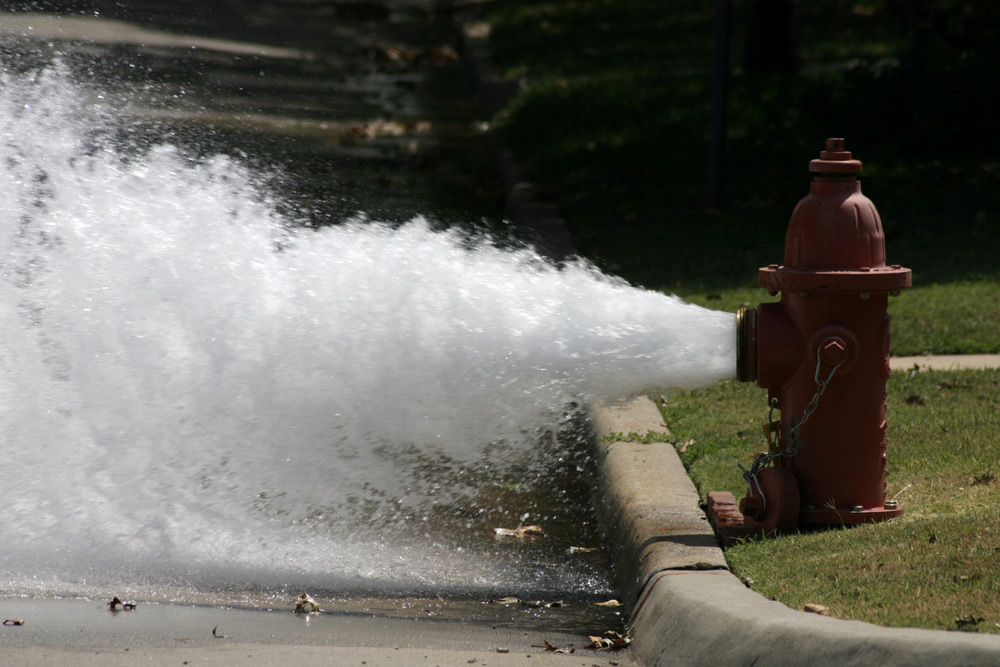
Block a Fire Hydrant With Your Car at Your Peril
Click here to read more.

Click here to read more.
Click here to read more.
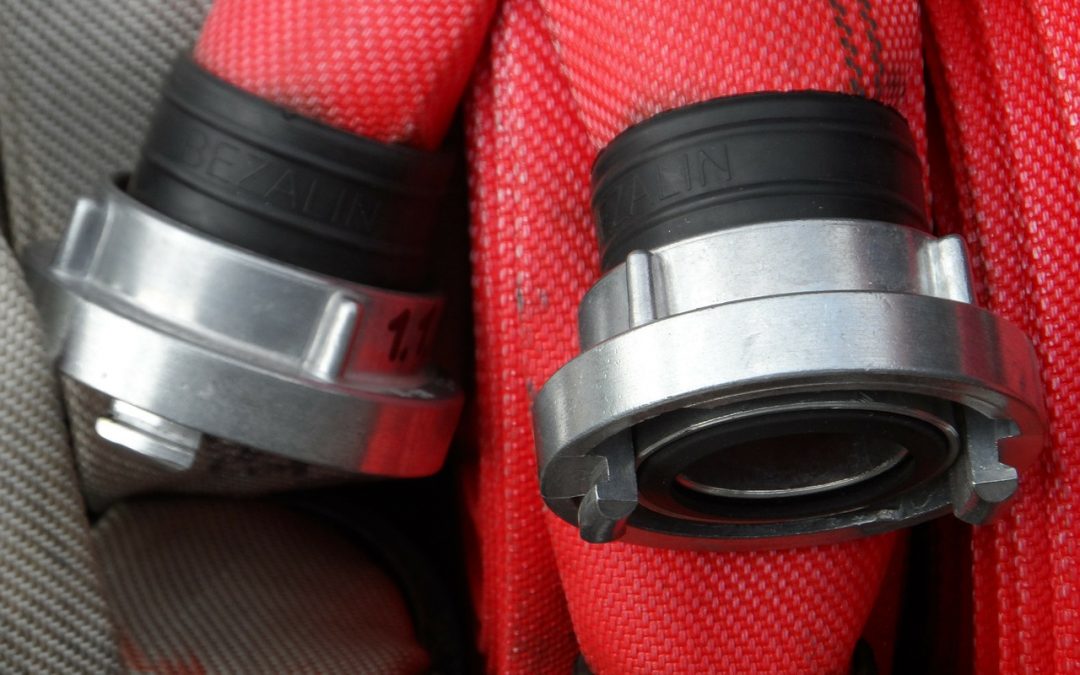
Often during fire inspections, the building owner or manager will ask if the standpipe and hose system in their building is required. They will comment that they understand that the firefighters will not use the hose in the cabinet so why do they have to pay to have it inspected and tested? They raise a good point which I will try to address here.
The National Building and Fire Codes of Canada and most Provincial Codes are minimum standards that must be complied with, but the local authority having jurisdiction (AHJ) can call for more stringent requirements than the code, but not less than the code, unless an alternate solution has been accepted by the AHJ. For example, local government bylaws may require the installation of sprinkler systems in excess of the building code based on local conditions.
The AHJ is a defined term in the Fire Code as “Authority Having Jurisdiction which means the governmental body responsible for the enforcement of any part of this Code or the official or agency designated by that body to exercise such a function.”
There are three classes of standpipe and hose systems:
In Class I Systems, 2-1/2″ (64mm) hose connections are provided for use by fire departments and those trained in handling heavy water streams. Class I systems provide the water supply for firefighting and are often located in the exit stairs or by a fire separation in the building. The fire department provides their own hose.
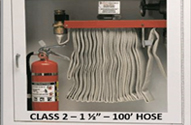 In Class II Systems, 1-1/2″ (38mm) hose lines are provided in cabinets for use by trained building occupants until the fire department arrives.
In Class II Systems, 1-1/2″ (38mm) hose lines are provided in cabinets for use by trained building occupants until the fire department arrives.
The key wording is “for use by trained building occupants”. Originally Class ll systems were designed for use by the building occupants but due to changing material burning characteristics, many fire experts concur that unless individuals are equipped with personal protective equipment such as breathing apparatus, they should exit the building and leave the firefighting to the fire department.
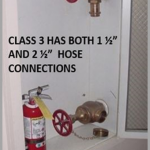 Class III Systems provide 1-1/2″ (38mm)] hose stations to supply water for use by trained building occupants and [2-1/2″ (64mm)] hose connections to supply a larger volume of water for use by fire departments and those trained in handling heavy water streams.
Class III Systems provide 1-1/2″ (38mm)] hose stations to supply water for use by trained building occupants and [2-1/2″ (64mm)] hose connections to supply a larger volume of water for use by fire departments and those trained in handling heavy water streams.
Building code requirement for standpipe and hose systems are reproduced in part below:
Standpipe Systems
1) a standpipe system shall be installed in a building that is
a) more than 3 storeys in building height,
b) more than 14 m high measured between grade and the ceiling of the top storey,
or
c) not more than 14 m high measured between grade and the ceiling of the top storey
Standpipe System Design
Free online access to view NFPA 14, is available here.
Many jurisdictions permit the removal of Type II standpipe hose (1 ½ hose only) on a case by case basis, with the written approval of the fire department.
Some jurisdictions allow the hose to be removed if the fire department will not use the hose provided in the cabinet, but the rest of the system must be maintained for use by the fire department. In some cases, the AHJ allows the hose to be removed but require a portable fire extinguisher to be placed in the hose cabinet.
So, if the building owner wants to remove the hoses, my advice is to approach the AHJ and ask them to review the need for the standpipe and hose system in the building base on:
In conclusion, standpipe and hose systems provide vital fire protection but the use by building occupants is discouraged due to the hazardous atmosphere created by a fire.
Bob Turley
Co-founder, Program Developer
February 2020
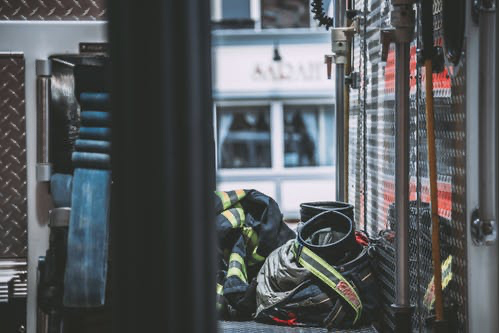
The issue of firefighter availability to respond in emergencies is a common concern for fire departments. Priorities have certainly changed over the years and the demands on peoples’ time is much different than when I joined the fire service. The reality is many businesses can no longer afford to release employees as they have in the past. Fire departments who have self-employed members or shift members are blessed that daytime calls can usually be handled if the self-employed member has flexibility to adjust their workday. Some volunteer departments have made attempts to recruit employees of the local government who may be available more readily during the day.
As I am sure most fire departments are aware, there are software programs that can provide details of which firefighters are responding to a call and these programs can also provide accurate estimates of how long it will take those firefighters to get to the fire hall. Such information affords the incident commander the option to notify those firefighters about the status of the emergency and whether there are enough firefighters responding to deal with the emergency so other members may return to their workplace as soon as possible. The software has become a very efficient tool within the volunteer fire service especially with respect to incident management.|
I respect there is a cost aspect to the implementation of technology. If a department does not have the financial resources to purchase such a program, an approach I have taken was to arrange a meeting with those firefighters who are struggling to meet the emergencies response expectations that were explained to them when they joined the department. The objective of the meeting was to determine what the fire department’s leadership team could expect from the firefighter going forward. It would then be the Chief’s decision to determine a course of action that best serves the fire department and the community as a whole.
The level of service a volunteer fire department can provide will always be a challenge. It is truly dependent on the number of firefighters who are available, and, in many cases, it will be dependent on the level of training the responding firefighters bring to the emergency incident.
It is recommended that the local government responsible for the fire department, and the services it has asked the fire department to deliver, does all that it can to ensure that the health and welfare of their firefighters is recognized as a priority, by providing them with the best equipment and the most robust firefighter training programs the community can afford.
Dave Ferguson
Associate
January 2020

Click here to read more.

Click here to learn more.
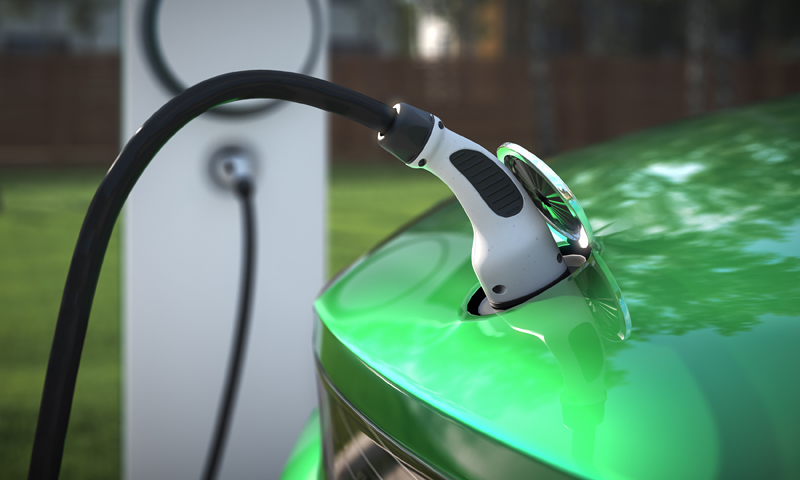
Click here to read more.
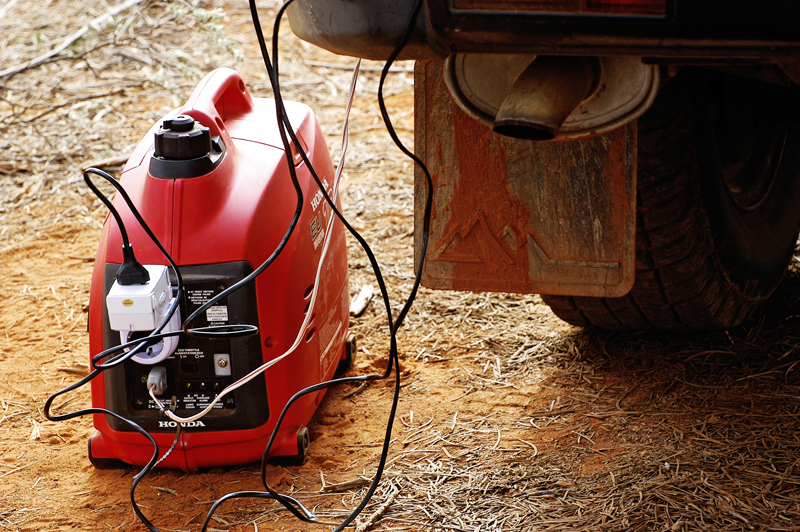
Click here to read more.

Click here to read more.

Click here to read more.